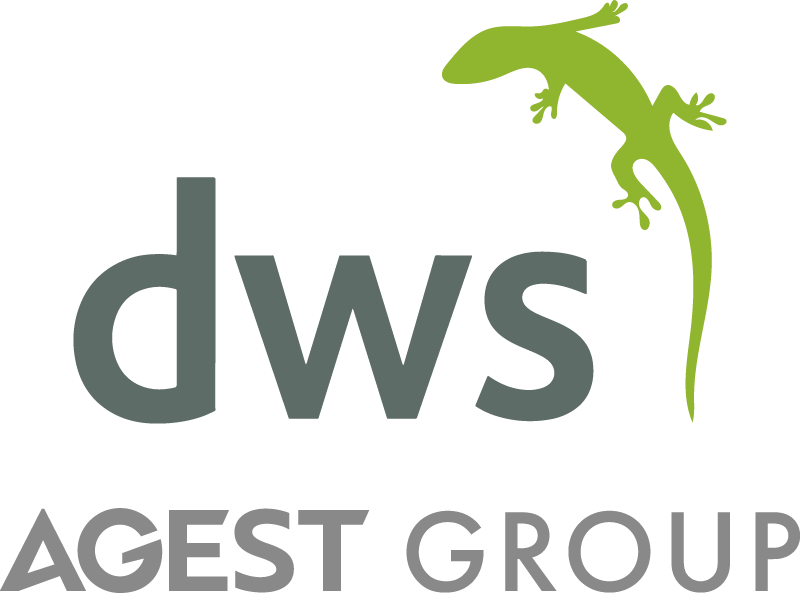Stagnation is the enemy of innovation. Without innovation, there can be no evolution, let alone revolution. Just ask Darwin or Franklin.
If businesses are to thrive in an increasingly digital world, they need to become more agile and embrace innovation as a path to long-term productivity, sustainability and profitability. Recognizing this, Oracle continues to invest in its JD Edwards EnterpriseOne product suite. It recently announced an extended roadmap for support to 2032 and beyond, signaling just how important the software is to its enterprise market strategy.
The principle of continuous innovation is one that many of us are familiar with. The most successful global businesses don’t set a finite objective, so much as a direction of travel. Recognizing that the environment in which they operate is continually evolving, they value agility above almost anything else.
Anxiety can be a powerful motivator, but also be a barrier to change; especially when it’s concern about the unknown. Businesses can find themselves paralysed into inaction if they are more worried about the risks associated with change than they are of complacency.
We’ve worked in the Oracle ERP space for over twenty years, and we’ve learned a thing or two (or ten) about overcoming barriers to change. Here is a list of ten ways to de-risk your next upgrade project and help your business choose innovation over stagnation.
If you’re more of a visual person, we’ve created this handy infographic version of the list.
10 ways to de-risk your upgrade projects
Be Realistic
Companies tend to talk about upgrades as either being technical or transformational. Transformations are hard. A technical upgrade is comparatively easy, if of course, you manage it the right way.
Don’t Be Intimidated
Don’t get caught in the mindset of ‘this is too big to tackle, so let’s just leave it’. Change is change. It will almost certainly be easier to get current on JDE E1 than to implement something new. This will be true even if you’re on a very old version of the software (OneWorld XE, EnterpriseOne 8.x, etc.).
Partner For Success
If you don’t have the resource internally, engage with an experienced Systems Integrator to manage the project. Where necessary, leverage the experience of technical retrofit specialists to handle the challenging aspects of your modified code. Look for support from proven sources.
Know What’s Changed and What Hasn’t
It’s considerably faster and easier to perform retrofitting if the customized footprint is properly analyzed and audited. Unused objects should be jettisoned from the mix before you start down the retrofitting path. Why would you spend time and effort dealing with redundant objects?
Not All Customized Objects Are Created Equal
Some objects will require considerably more effort than others when retrofitting. Think about a “Best Upgrade Approach” for retrofitting. Re-coding your customizations against the target release objects is often the least efficient approach. Like the last point, contextual planning for each object is more efficient than trying to re-code everything – whether you need it or not.
Pick Your Moment
You shouldn’t time your projects so that they coincide with scheduled JDE E1 updates or releases. Run your projects when it best suits your business stakeholders. Also, avoid forcing a code-freeze on the business during a project.
Stick To Your Plan
Know what’s going to happen when and hold people accountable. Retrofitted objects should be delivered in bundles that can be installed and tested immediately. Bad quality retrofitting will inevitably require reworks and result in delays, throwing your project timeline out of sync.
Internal and External Communication Is Key
You should build your project teams on a basis of trust and respect. Encourage open dialogue and cross functional, cross hierarchical communication. Be prepared to listen to, and to take advice from, any experts that are part of your team.
#TESTSMART
Retrofits should be delivered after unit testing. Leverage the best tools available to automate your testing where appropriate. Well documented project team testing will ease some of the burden you place on end-users during acceptance testing. If you need help for this stage, we’re currently offering a free 30-day trial of our test automation solution SwifTest, with no obligation or commitment.
Embrace Continuous Delivery
By embracing continuous delivery, your organisation will avoid the irregular and large-scale upgrade pain points. Staying code current doesn’t need to be difficult, especially if you appreciate that regular code-current change event projects cost less, deliver more value and carry less risk.
So, with Oracle’s continued investment in JDE E1, comes the very real potential of continuous improvement for your ERP platform. Follow these ten steps and you can smooth your journey to code-currency and maximise the returns on your investment in JD Edwards. As Franklin said, “Don’t put off until tomorrow what you can do today!”




